When Did Camcorders Became Popular ?
Camcorders became popular in the 1980s with the introduction of compact VHS camcorders. These portable devices allowed users to record and play back videos on cassette tapes. The popularity of camcorders continued to grow throughout the 1990s with the advent of digital camcorders, which offered improved video quality and the ability to store recordings on various digital media formats such as MiniDV and DVD. The rise of camcorders coincided with advancements in video technology and the increasing accessibility of video recording for personal use.
1、 Introduction of consumer camcorders in the 1980s
Camcorders became popular in the 1980s with the introduction of consumer models. Prior to this, camcorders were primarily used by professionals due to their high cost and complexity. However, advancements in technology during the 1980s made camcorders more affordable and user-friendly, leading to their widespread popularity among consumers.
The introduction of VHS-based camcorders in the early 1980s revolutionized the way people captured and shared their memories. These camcorders allowed users to record videos directly onto VHS tapes, which could then be played back on a VCR or shared with friends and family. This convenience and accessibility made camcorders an instant hit among consumers.
Throughout the 1980s and 1990s, camcorders continued to evolve, with improvements in video quality, size, and features. The introduction of smaller and more compact camcorders, such as the VHS-C and 8mm formats, made it even easier for consumers to capture videos on the go. Additionally, advancements in video technology, such as autofocus and image stabilization, further enhanced the user experience.
However, with the rise of digital technology in the late 1990s and early 2000s, camcorders faced competition from digital cameras and smartphones. These devices offered the convenience of capturing both photos and videos in a single device, leading to a decline in the popularity of traditional camcorders.
Today, while camcorders are not as popular as they once were, they still have a dedicated user base. Professional videographers and enthusiasts often prefer camcorders for their superior video quality, manual controls, and specialized features. Additionally, some consumers still prefer the dedicated functionality and ergonomics of camcorders for capturing important events and creating high-quality videos.
In conclusion, camcorders became popular in the 1980s with the introduction of consumer models. They revolutionized the way people captured and shared videos, offering convenience and accessibility. While their popularity has declined with the rise of digital cameras and smartphones, camcorders still have a dedicated user base due to their superior video quality and specialized features.

2、 Rise of compact and affordable camcorders in the 1990s
Camcorders became popular in the 1990s with the rise of compact and affordable models. Prior to this, camcorders were large and expensive, making them inaccessible to the average consumer. However, advancements in technology and manufacturing processes allowed for the development of smaller and more affordable camcorders.
The 1990s saw the introduction of camcorders that were compact and lightweight, making them easier to carry and use. These camcorders also became more affordable, allowing a wider range of consumers to purchase them. This led to a surge in popularity as people could now easily capture and record their special moments.
The introduction of digital camcorders in the late 1990s further contributed to their popularity. Digital camcorders offered improved image quality and the ability to easily transfer and edit footage on a computer. This made them even more appealing to consumers who wanted to create professional-looking videos.
In recent years, the popularity of traditional camcorders has declined due to the rise of smartphones with high-quality built-in cameras. Many people now use their smartphones to record videos, as they are convenient and always readily available. However, there is still a market for dedicated camcorders, especially among professional videographers and enthusiasts who require advanced features and superior image quality.
Overall, the 1990s marked a significant turning point for camcorders, as they became compact, affordable, and accessible to a wider audience. While their popularity has waned in recent years due to the prevalence of smartphones, camcorders still have their place in the market for those seeking more advanced video recording capabilities.
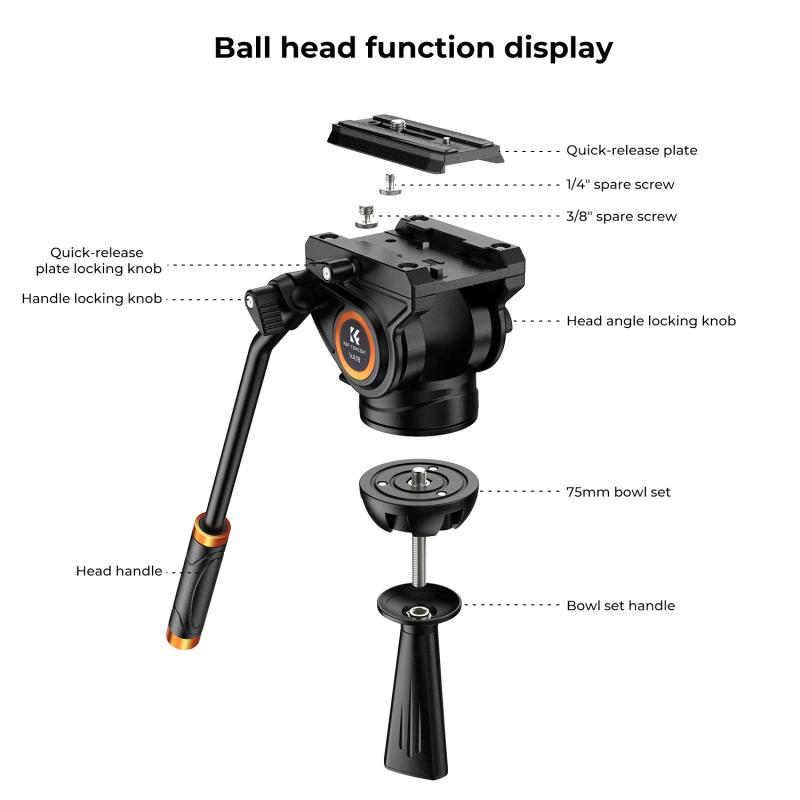
3、 Transition to digital camcorders in the early 2000s
Camcorders became popular in the early 1980s with the introduction of the first consumer-grade models. These early camcorders used analog technology and were bulky and expensive. However, they revolutionized the way people captured and recorded videos, allowing them to easily document important moments in their lives.
The popularity of camcorders continued to grow throughout the 1980s and 1990s as technology improved and prices became more affordable. Camcorders became smaller, lighter, and more user-friendly, making them accessible to a wider range of consumers. They became a common sight at family gatherings, vacations, and other events where people wanted to capture memories on video.
However, the real transition in the popularity of camcorders came in the early 2000s with the introduction of digital camcorders. These camcorders replaced the analog tape format with digital storage, offering higher quality video and easier editing capabilities. The shift to digital technology made camcorders even more popular, as consumers could now easily transfer and share their videos on computers and the internet.
In recent years, the popularity of dedicated camcorders has declined due to the rise of smartphones with high-quality video recording capabilities. Many people now rely on their smartphones to capture videos, as they are convenient and always at hand. However, professional videographers and enthusiasts still prefer dedicated camcorders for their superior video quality, manual controls, and specialized features.
In conclusion, camcorders became popular in the early 1980s and continued to gain popularity throughout the 1980s and 1990s. The transition to digital camcorders in the early 2000s further increased their popularity, offering higher quality video and easier editing capabilities. While smartphones have become the go-to device for casual video recording, dedicated camcorders still have a place in the market for professionals and enthusiasts.
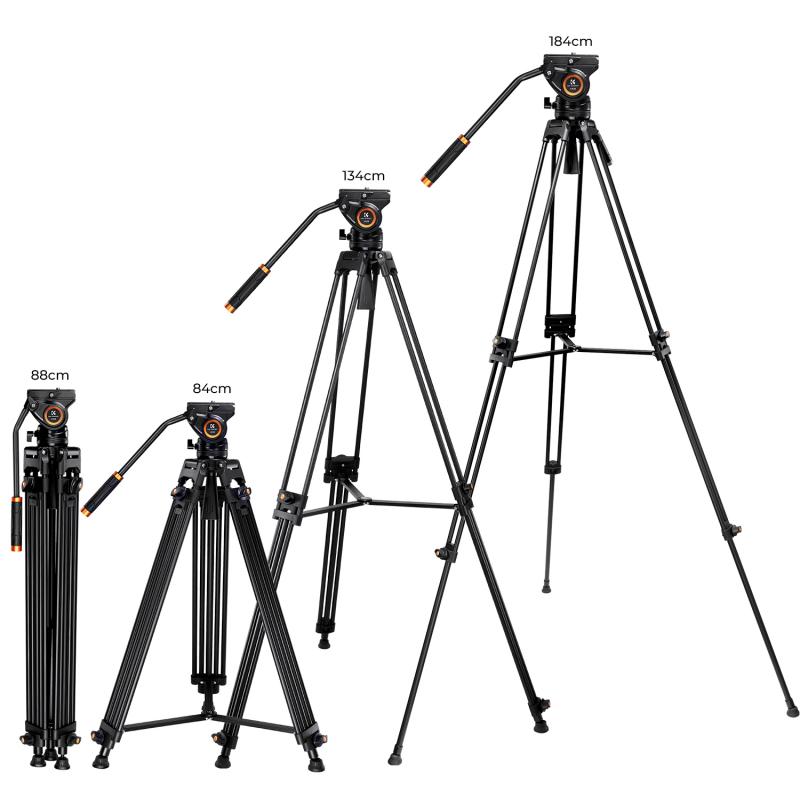
4、 Integration of camcorder features into smartphones in the 2010s
Camcorders became popular in the late 1980s and early 1990s when they were first introduced to the consumer market. These early camcorders were bulky and expensive, but they allowed people to capture and record moments in their lives in a way that was not possible before. As technology advanced, camcorders became smaller, more affordable, and easier to use, leading to their widespread popularity in the 1990s and early 2000s.
However, with the rapid development of smartphones in the 2010s, the integration of camcorder features into these devices revolutionized the way people capture and share videos. Smartphones began to incorporate high-quality cameras and video recording capabilities, making them a convenient and accessible alternative to traditional camcorders. This integration allowed users to have a single device that could not only make phone calls and send messages but also capture high-definition videos.
The rise of social media platforms such as YouTube, Instagram, and TikTok further fueled the popularity of smartphone camcorders. People began to share their videos online, reaching a wider audience and gaining popularity. The convenience of being able to record, edit, and share videos instantly from a single device made smartphones the go-to choice for many users.
In recent years, smartphone manufacturers have continued to improve the camera and video recording capabilities of their devices. They have introduced features such as optical image stabilization, 4K video recording, and advanced editing tools, further blurring the line between traditional camcorders and smartphones.
Today, smartphones have become the primary tool for capturing and sharing videos for the majority of people. The convenience, portability, and ever-improving quality of smartphone camcorders have made them an essential part of our daily lives.
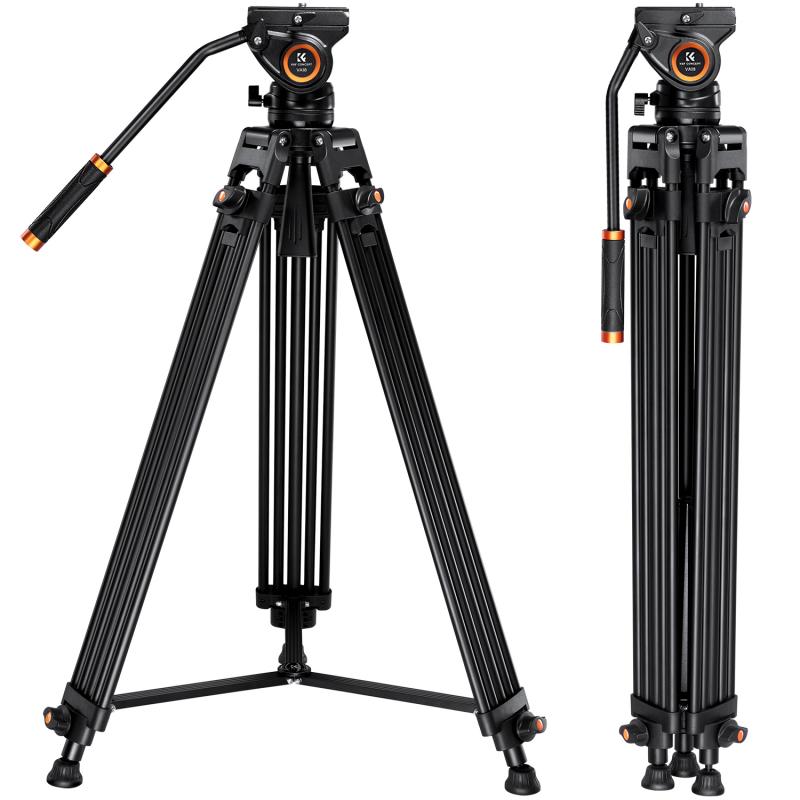






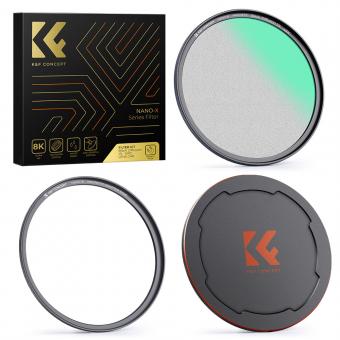
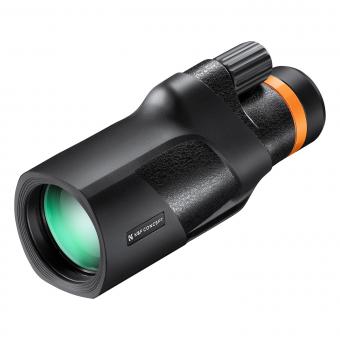
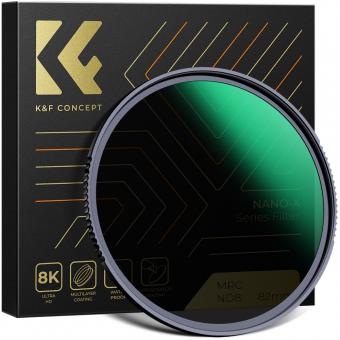

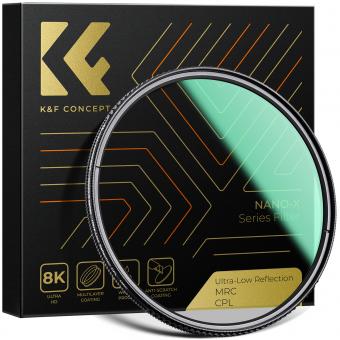





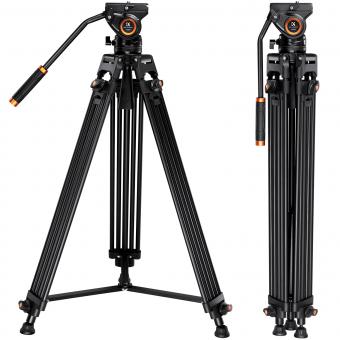


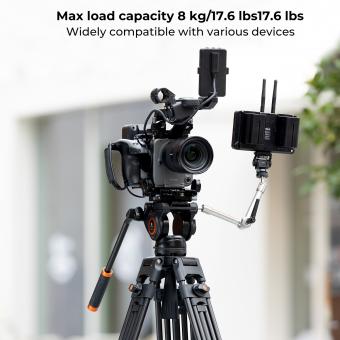





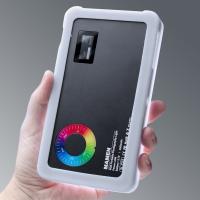
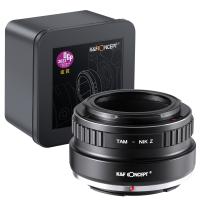

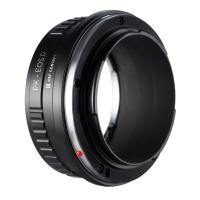

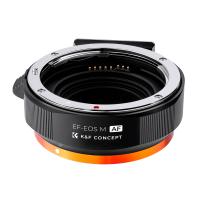
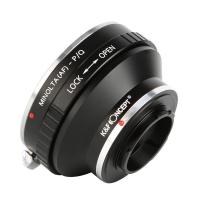
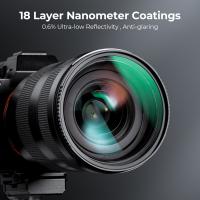
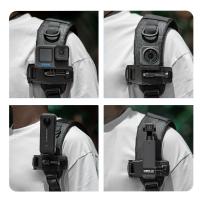
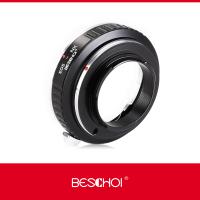


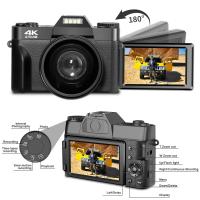
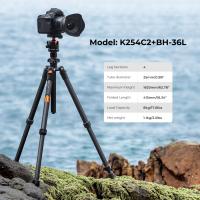
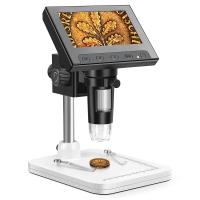
There are no comments for this blog.